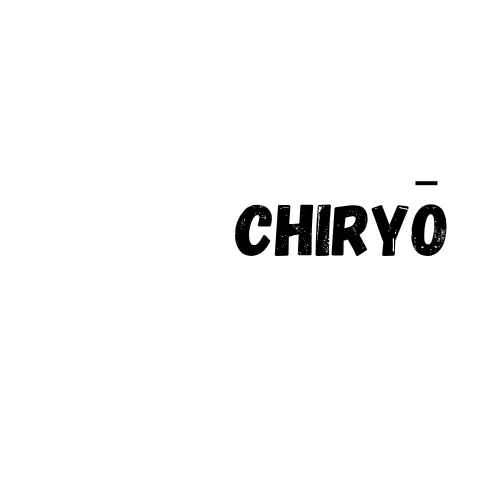Chiryō

In traditional Japanese Reiki, Chiryō translated as “treatment” or “healing” is far more than a technique. It is a sacred, intuitive dialogue between practitioner and energy. Rooted in presence, sensitivity, and trust, Chiryō invites us into deep listening with our hands, our breath, and our whole being. What is Chiryō?Chiryō refers to the practice of offering Reiki, whether to oneself or to others through focused, intuitive touch. At its essence, Chiryō is not about “doing” Reiki, but about being Reiki. The practitioner enters a meditative, centered state, becoming a clear vessel through which Reiki flows naturally and effortlessly. In this space, separation dissolves: practitioner and receiver enter a shared field of consciousness where harmony may arise.
The Spirit of Chiryō While Chiryō itself simply means “treatment” in Usui Reiki Ryōhō, it is often practiced in harmony with several key methods that deepen presence and sensitivity. These practices prepare the practitioner to enter treatment as a meditative, intuitive act rather than a mechanical one.
- Joshin Kokyū Hō (Breath Purification Method)
Before offering Chiryō, practitioners may engage in this centering breath practice. It helps cultivate inner stillness and clarity, sometimes described as Anshin Ritsumei a state of spiritual peace and trust. With this quiet foundation, the practitioner becomes more sensitive to the subtle movements of energy. - Reiji-Hō (Indication by Spirit)
In traditional practice, Reiji-Hō is performed before Chiryō. It is a prayerful request for Reiki to guide the hands, and a surrender of personal will. Through Reiji-Hō, the practitioner aligns with Reiki and allows the treatment to unfold intuitively, without relying on fixed hand placements. - Byōsen Reikan Hō (Sensing Energy Imbalance)
During Chiryō, practitioners may notice sensations such as heat, tingling, pulsing, or resistance beneath the hands. This is called Byōsen, the body’s energetic feedback. Practitioners rest in presence as these sensations gradually shift or dissolve, allowing deeper layers of harmony to emerge.
Chiryō is not about diagnosing, fixing, or forcing an outcome. It is an act of sacred witnessing offering compassionate, non-judgmental space for energy to reorganize itself. Chiryō can be described as a merging with Reiki, where there is no giver, no receiver, only breath, energy, and awareness moving as one. Chiryō is not limited to working on others, in fact, self-treatment is central to a Reiki practice. Through daily self-Chiryō, practitioners refine their sensitivity, release stagnation, and align more deeply with their spiritual path. This practice strengthens one’s ability to support others while fostering inner clarity and resilience.
The Power of Simplicity In a world where healing practices are often layered with complexity, Chiryō calls us back to simplicity. It reminds us that presence heals, that silence speaks, and that intuitive touch offered with reverence can reach where words and methods cannot.